As a follow-up to an earlier post on surviving deadly animal attacks in the wild and another one on relieving a jellyfish sting, listed below are things you should do (and shouldn't do) if you are ever bitten or stung by potentially poisonous wild animals.
In general, seek professional medical attention as soon as possible if there is any possibility of infection from a poisonous animal and wash the infected area with soap and water. Though you may be eliminating all possibilities of acquiring superhero mutant powers from radioactive spiders and other radiation-laced creatures, it's probably not worth the risk of getting a painfully infected, fluid-filled blister afterwards or being hospitalized for a really long time.
Got other tips or stories relating to wild animal bites and stings? Share with us in the comments below!
Click on image below to enlarge.
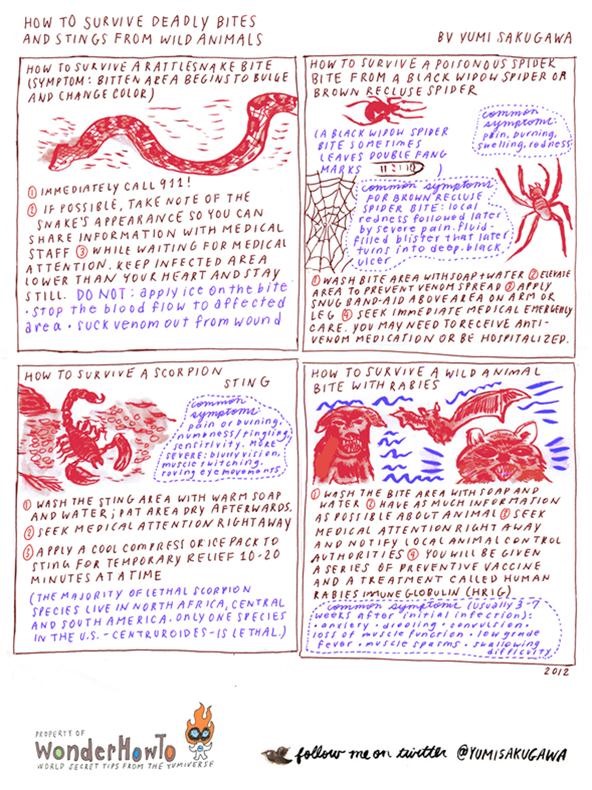
Just updated your iPhone? You'll find new emoji, enhanced security, podcast transcripts, Apple Cash virtual numbers, and other useful features. There are even new additions hidden within Safari. Find out what's new and changed on your iPhone with the iOS 17.4 update.



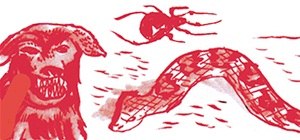
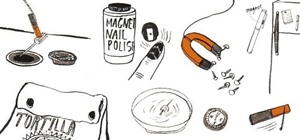
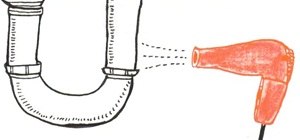
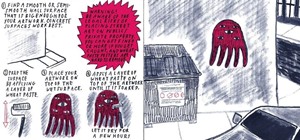
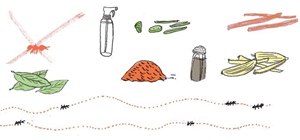
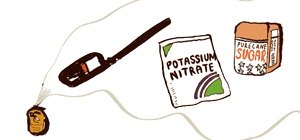
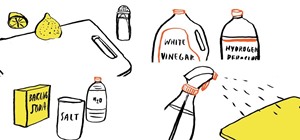
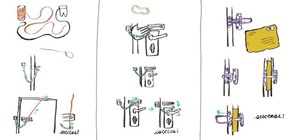

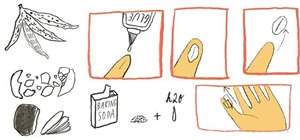
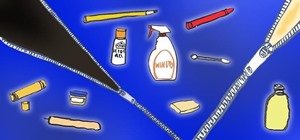
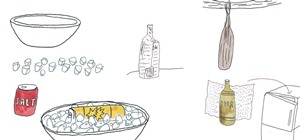
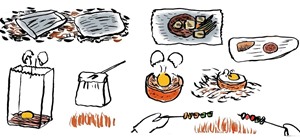
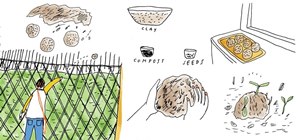
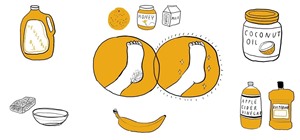
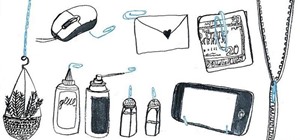
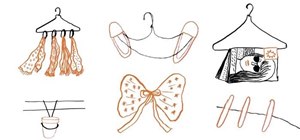

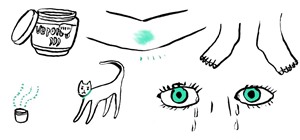
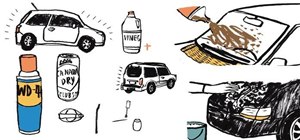
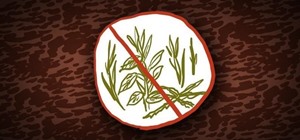

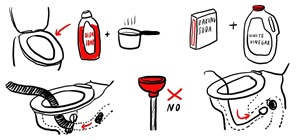
9 Comments
Poisonous spider bites are no joke. The real-life stories on the internet of how people have been physically affected by brown recluse / black widow spider bites are terrifying!
You say "DO NOT" and then you list 3 things separated by dots. Are all three things "DO NOT" or is just the first one? Kind of an important detail to be clear on...
All three are a different color (blue) from the rest of the step (red), so they all should be do nots.
What Justin said. Apologies that it wasn't clearer for you!
Shouldn't a spider bite be lowered, like the snake bite, not elevated to slow the spread of the poison? Otherwise, good job.
Jac Smi is right, venomous bites should NEVER be elevated. Due to gravity, elevating a bite causes the venom to spread further and farther, thus causing greater damage (usually tissue death).
I've read on MayoClinic.com and other sources recommending elevating the limb for poisonous spider bites. (http://www.mayoclinic.com/health/first-aid-spider-bites/FA00048) But I'm definitely not a medical professional. If people have other reliable sources saying otherwise, please share.
i think the idea is to first tie the bandage very firmly to stop blood flow, and THEN elevate the limb to further hinder the blood pulsing towards venom. the original sentence was truncated in your picture so it might actually mislead people into doing something dangerous :/ "tie a snug bandage above the bite and elevate the limb to help slow or halt the venom's spread."
Hi Bruno, you are right, I should have originally switched the order of those two steps to make it more clear. Thank you for pointing that out. I will be uploading an updated versions shortly!
Share Your Thoughts